Aging well and living well: How active nutrition is becoming the new normal for holistic health
Active nutrition and holistic health
The World Health Organization (WHO) describes health as “a state of complete physical, mental and social well-being and not merely the absence of disease or infirmity.”
Overall health is a congregate of a myriad of factors that start at preconception and take course through the life span. The importance of nutrition and body movement is not only imperative for physical health but also cognitive health. A healthy diet and physical activity are critical to thwart several metabolic disorders.
Practicing active nutrition as a lifestyle is both an art and science, combining a more proactive approach to health with a deeper understanding of the requirements of a human body and mind.
Active nutrition is a multidimensional approach to health. Relevant to all stages throughout life, it supports overall health and wellbeing. Inclusive of all demographics, it focuses on enhancing human performance—both physical and mental. There are a multitude of factors that contribute to performance enhancement in an active lifestyle. With more people in tune with their health, active nutrition is becoming the new normal.
Sports nutrition brands that originally focused on elevating physical performance and delivering competitive advantages have acknowledged the need for their products outside their core consumers. Today, more companies are gradually diversifying their products to focus on holistic health that appeals to consumers of any age.
The projections
According to 360 Research Reports, the global active nutrition market is projected to double by 2028 to reach an estimated USD 24.77 billion.
The need for overall health and wellness throughout all stages of life opens up a wide consumer base for the active nutrition market. There are various factors influencing the growth of active nutrition. The shift from life span to health span, focus on positive aging, and the mushrooming inclination toward fitness, where exercise and body movement are a consistent part of life, are significant in driving this growth.
However, nutrient need and demand varies among these consumer groups.
The adult active nutrition consumer understands the need to have a healthy diet, active lifestyle, and supplements for a sound body and mind. Supplements are an easy way to address nutrient gaps. There has been a bigger shift in consumers recognizing the importance of gut microbiome on overall health.

The need for better immunity, sleep, mood, and mental acuity is as important as energy and physical strength.
FMCG Gurus report that 64% of global consumers are becoming more conscious about their immune health since the pandemic (FMCG Gurus, 2021).
Healthy nutrition can provide physical confidence and psychological readiness for exercise. Consumers are increasingly becoming aware of the consequences of nutrition and physical movement, not only on internal and external physiological health, but also cognitive and social health.
Mainstream health trends such as beauty from within, immunity, and gut health all share a common theme: the focus on holistic health.
Both physiological and psychological fatigue can challenge an active lifestyle. Although it is a result of several functions within the human body, there is evidence that brain neurochemistry plays an important role in fatigue regulation. Formulating products that target physical, mental, and cognitive health will offer competitive edge.
Healthy aging
Healthy aging is no longer limited to later in life. It embraces aging and incorporates approaches focused on health sustenance, preservation, and life extension. According to the United Nations, almost 16% of the world population will be 65 years or older by 2050. Given that estimate, one in every six people will be 65+ in age. This will significantly expand the market demand for consumer products that support healthy aging.
There is a rising interest in geroscience, a scientific approach to understanding the relationship between aging and age-related diseases. In addition, inflammation, metabolism, epigenetics, and stress are all major areas of research in aging. It is key to understand how and why chronic diseases affecting primary organs can impair other organs and systems. This can provide a more holistic view of diseases that could lead to multiple possible interventions. Antidepressants are a great example. While they were created to treat depression, research studies have shown they function as analgesics that help in pain reduction. A strong brain-gut connection also makes them effective in managing IBS symptoms.
Dietary supplementation has been identified as a potential therapeutic approach to prevent the disruption of epigenetic mechanisms that can result in oxidative stress, insulin resistance, diabetes, obesity, and vascular dysfunction (Wang et al., 2012).

